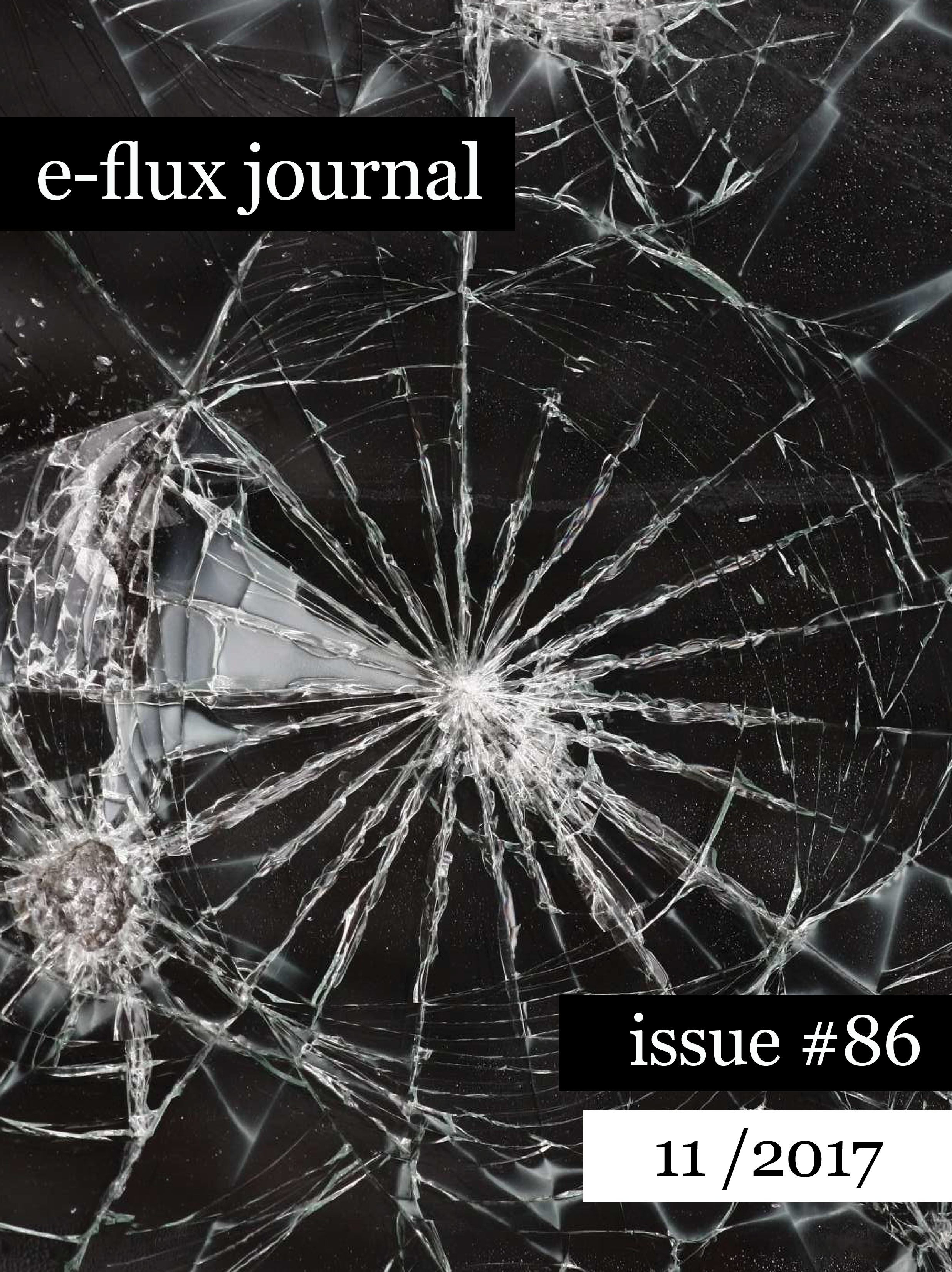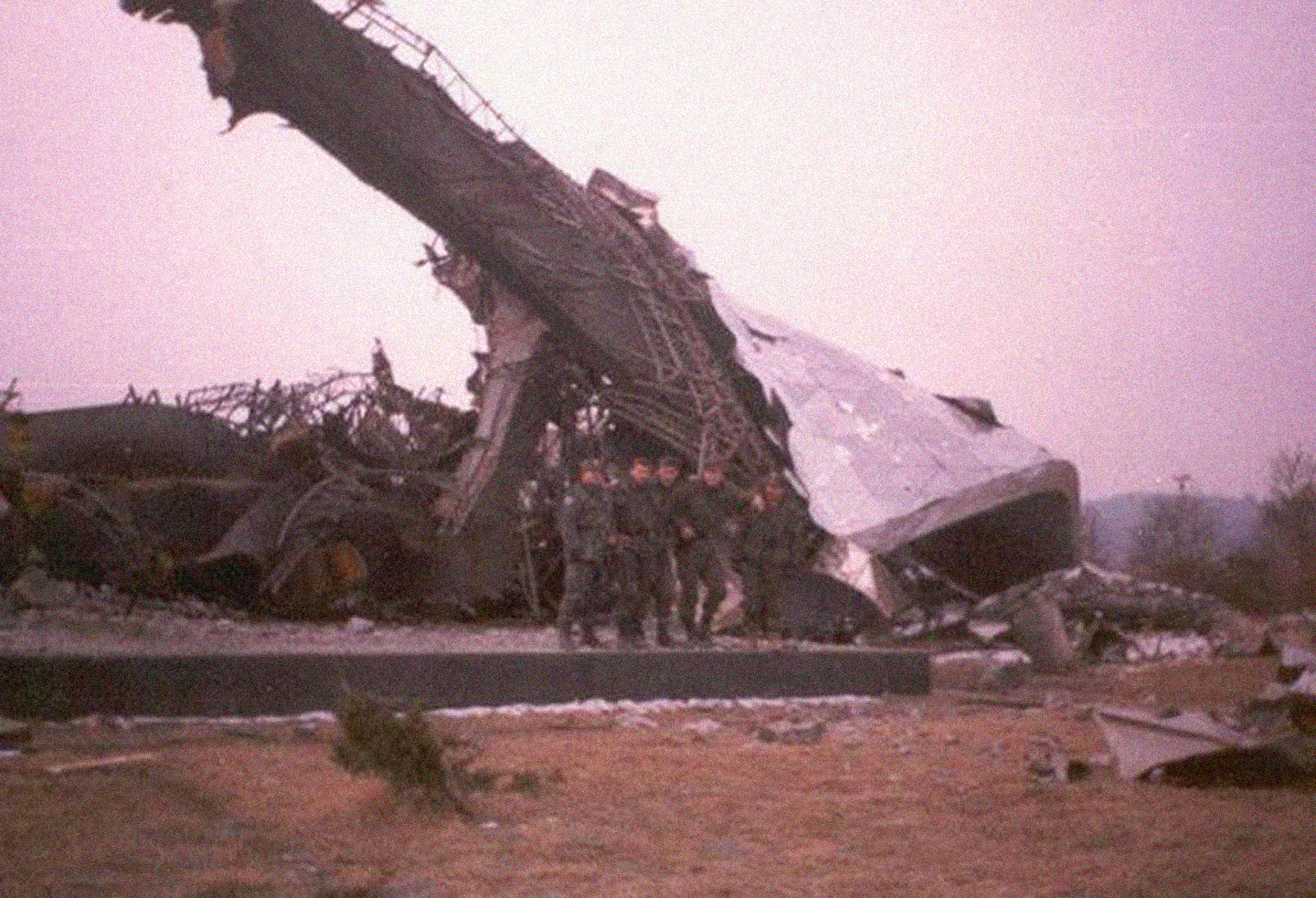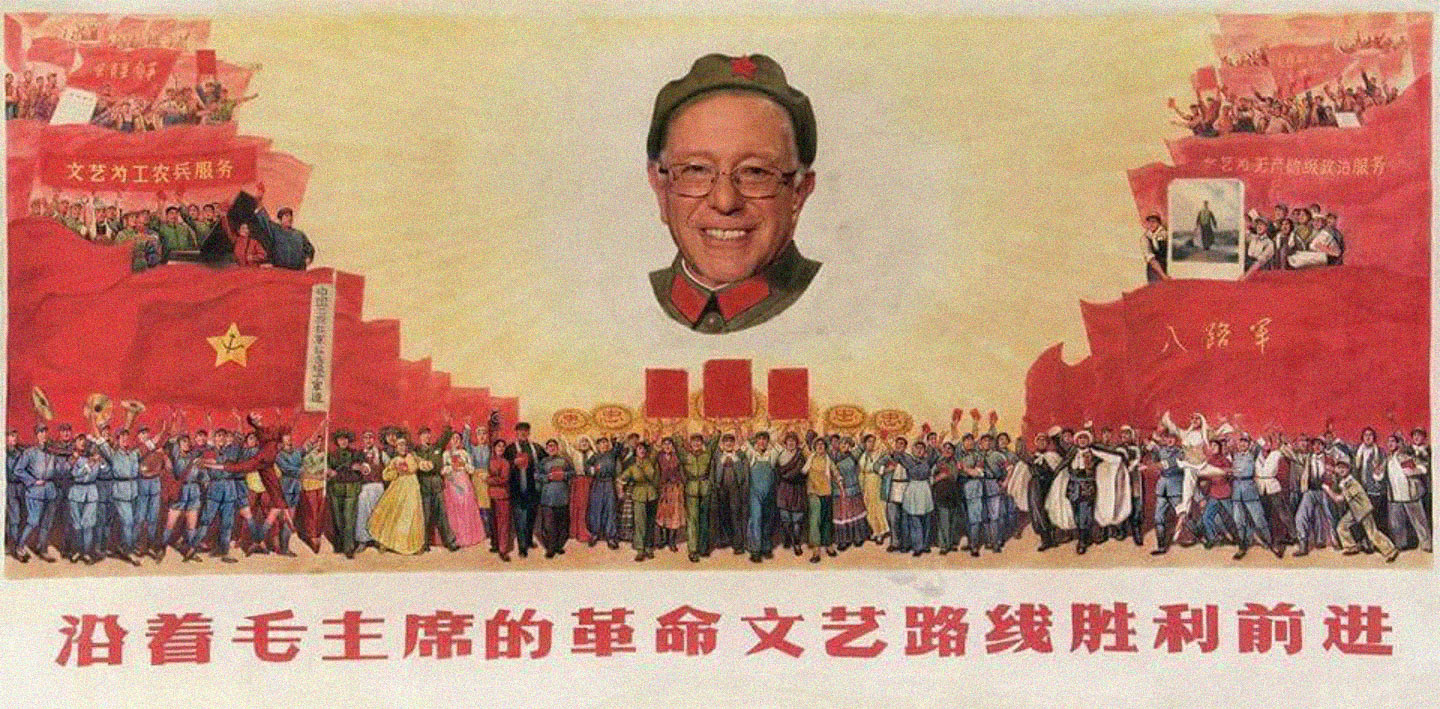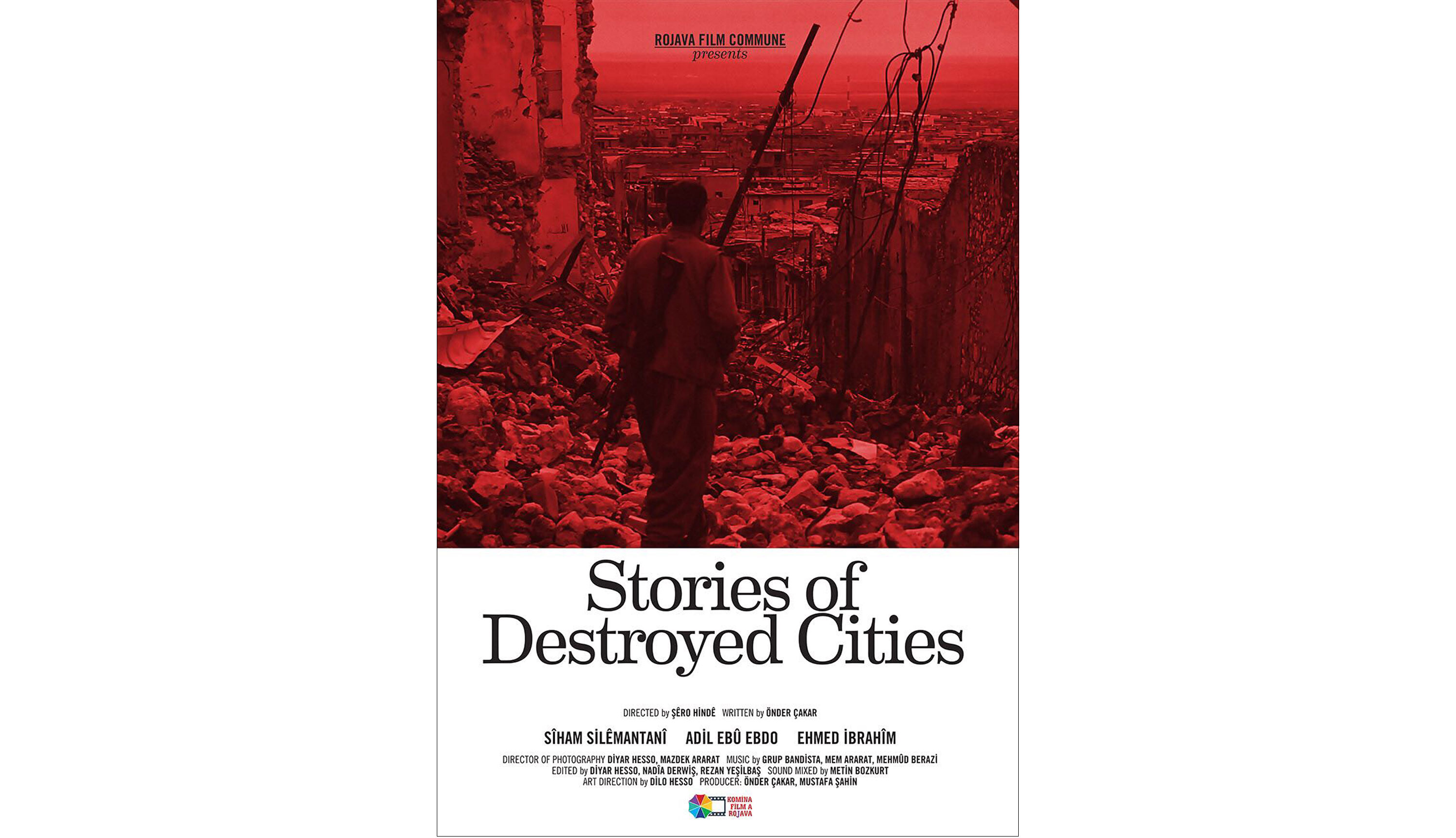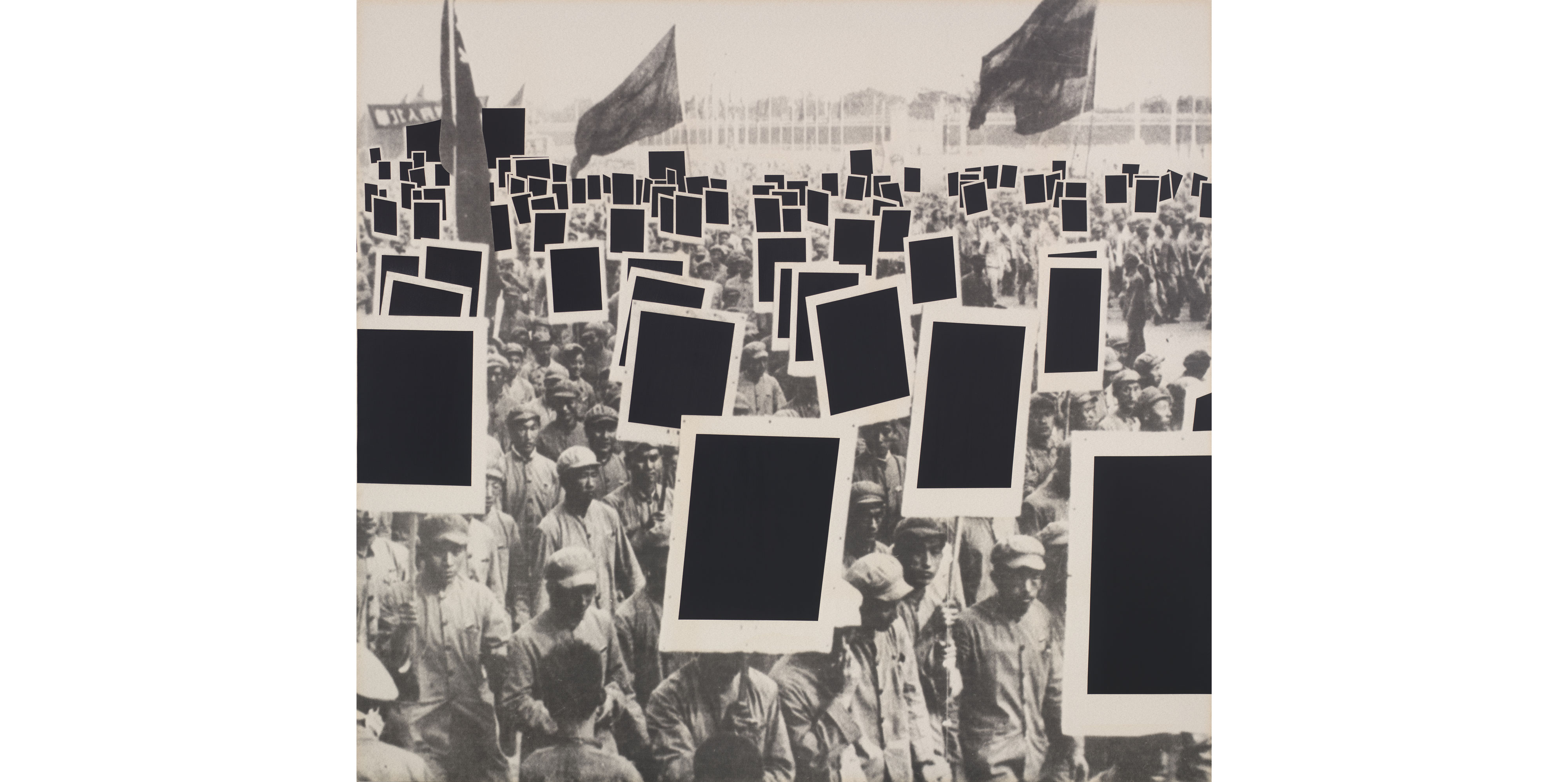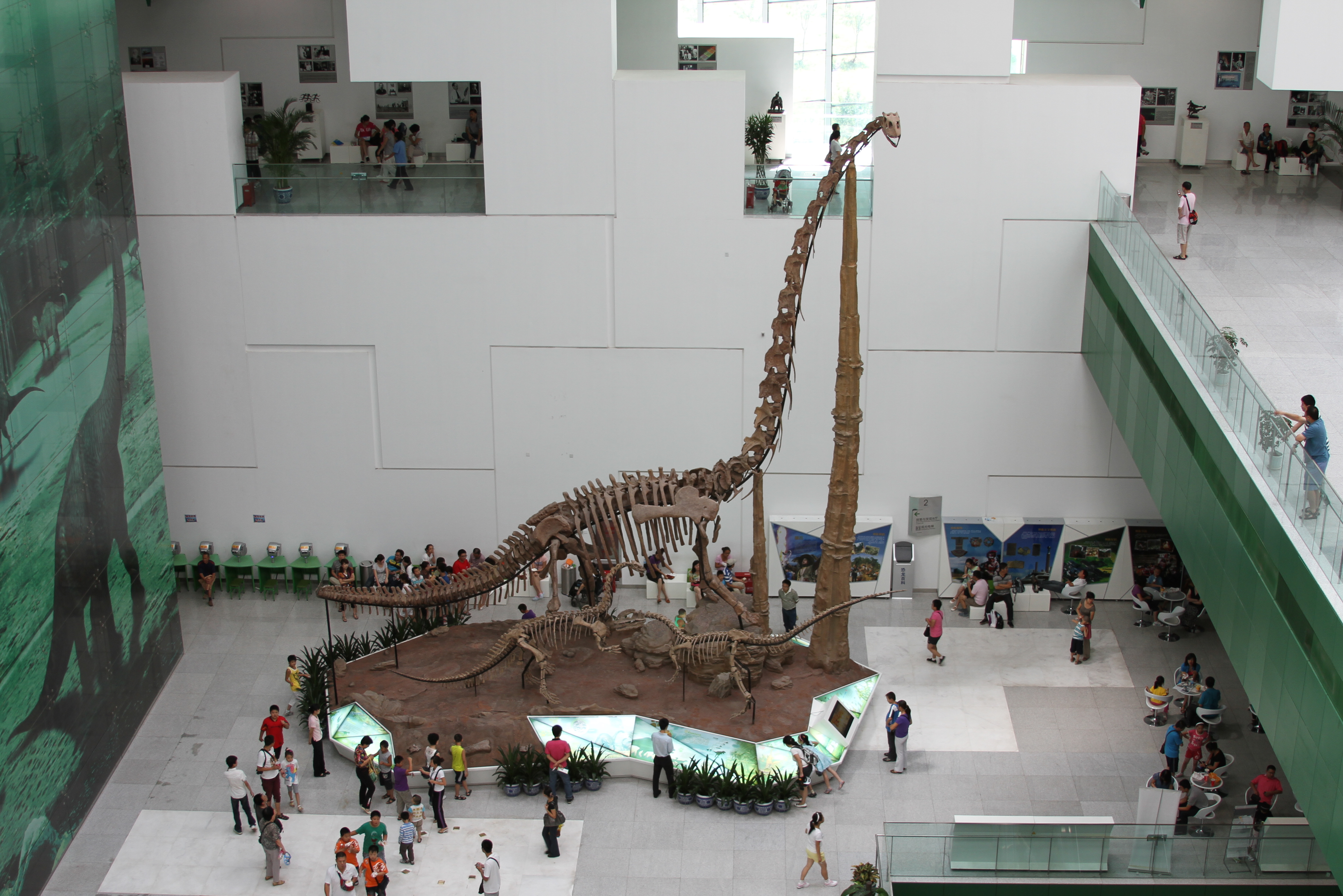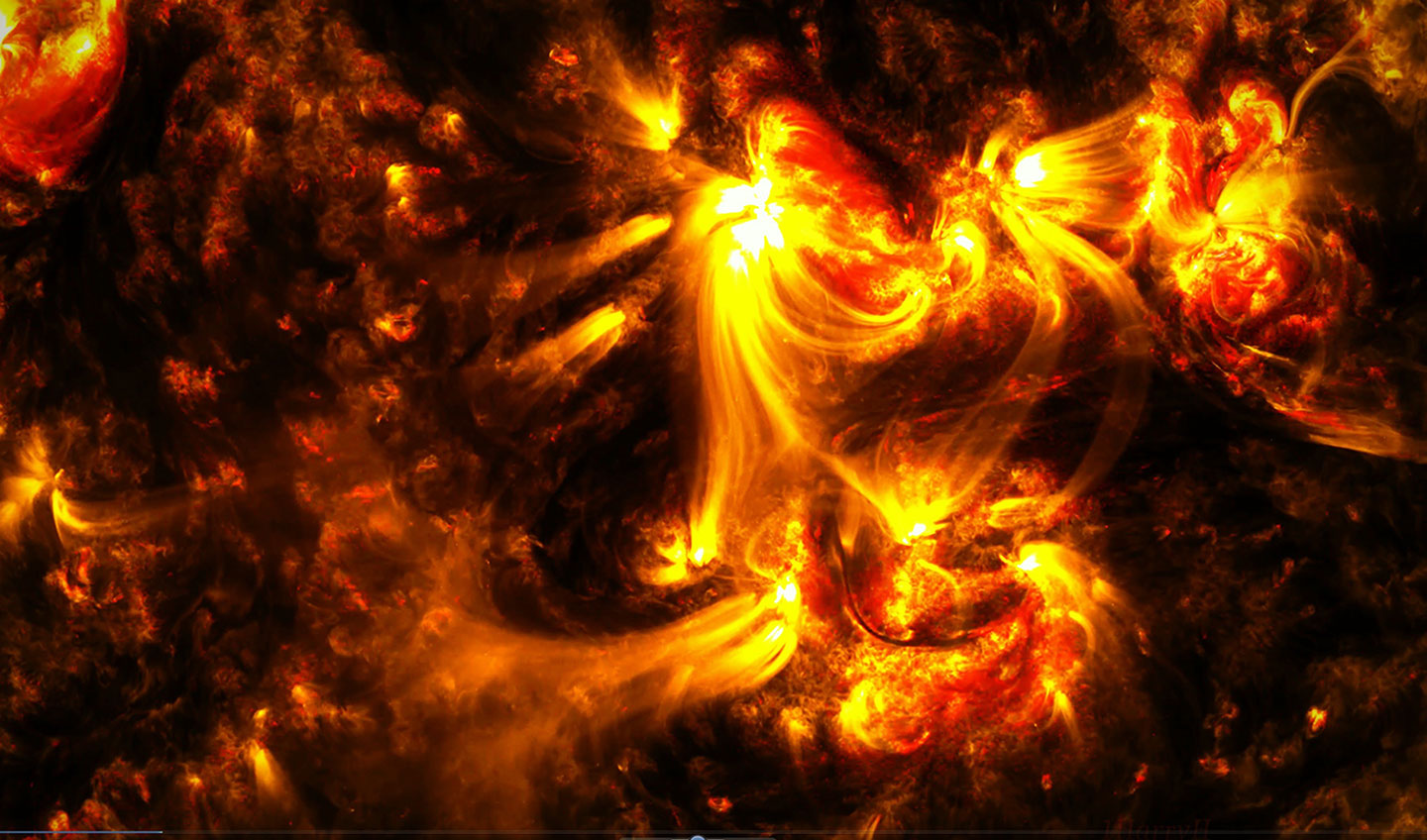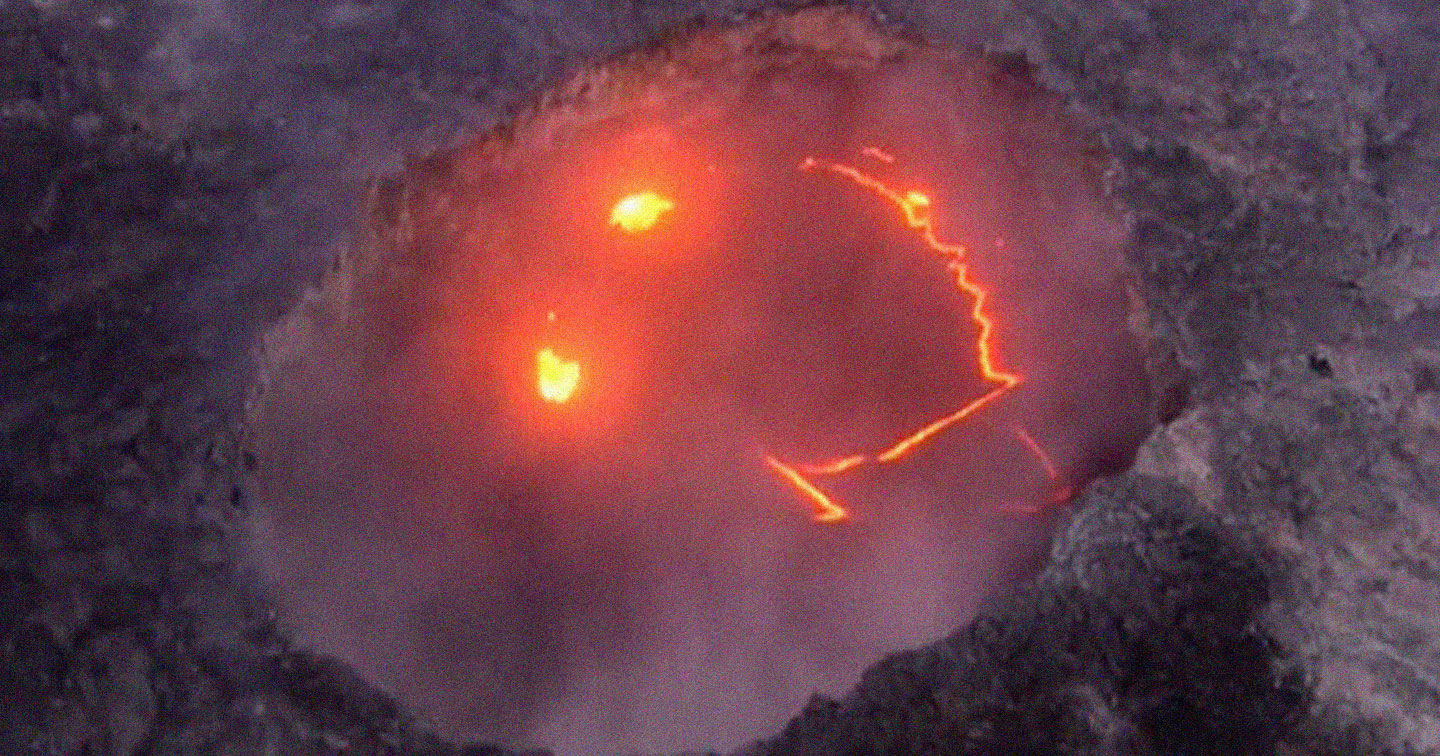“Oblivion” is too normal a term for what was and still is happening in “post-communism,” in that famous “transition” to primordial, predatory, or Raub capitalism without a human face in the whole of the ex-Soviet bloc plus Yugoslavia. The counterrevolutions may have in some cases (not in most of ex-Yugoslavia) been velvet ones, but for the most part they always had an iron fist consisting of military violence and financial reengineering toward scarcity and dependence on private funding: in brief, a violence dependent on tanks and banks.
As revolutionaries, as an army of women, of course our desire is equality, permanent equality. Not only for Kurds and their land, not only for the Middle East, but for the whole world. Because the pride of humanity is one, and in our times, it’s trampled under foot. No one should be ruling, no one should be oppressed. We would like the whole world to know about our philosophy and politics.
When people say “comrade,” they change the world. Gorky’s examples include the prostitute who feels a hand on her shoulder and then weeps with joy as she turns around and hears the word “comrade.” With this word, she is interpellated not as a self-commodifying object to be enjoyed by another, but as an equal in common struggle against the very conditions requiring commodification. Additional examples are a beggar, a coachmen, and young combatants—for all, “comrade” shines like a star that guides them to the future.
The second explosion that happened when we were in the stairway was caused by a Daesh suicide bomber with an explosive vest who was following the truck. He was crawling in the dark. There was a young female fighter, seventeen or eighteen years old, on the second floor of a building nearby. She had no bullets left because she had used all her ammunition to stop the truck. She saw him crawling. If he managed to get through, many people would die. She threw herself on him to reduce the impact. And she died with him. We are alive because of that girl. I didn’t learn her name, so I don’t know who she is. Maybe this is just a metaphor, but I personally witnessed the collapse and resistance of Kobane. Since then, whenever I go to Kobane, for filming or for activities related to the film commune, I feel a great pride. We were there and we defended the place with our lives, and it didn’t fall. Whenever I go there, it feels like I am going to my mother’s home.
The politicization of art mostly happens as a reaction against the aestheticization of politics practiced by political power. That was the case in the 1930s and it is the case now. For some time after the end of the Cold War, the political process seemed to be reduced to the tedious, boring work of administration. This bureaucratic work did not need art—and art was not especially interested in it. However, today politics has become a spectacle again. On its stage we see individuals who seem to have an artistic charisma of a certain kind. These individuals are celebrated but also passionately opposed. It is obvious that in this situation art cannot remain neutral, because politics has now entered the territory of art. It is also obvious that the contemporary art scene almost unanimously rejects the new populist movements and their leaders. This rejection has political reasons—but it has even deeper aesthetic reasons.
Dao is not a thing. It is not a concept. It is not the différance. In the Cixi of YiZhuan (易傳‧繫辭), Dao is simply said to be “above forms,” while Qi is what is “below forms.” We should notice here that xin er shang xue (the study of what is above forms) is the word used to translate “metaphysics” (one of the equivalences that must be undone). Qi is something that takes space, as we can see from the character and also read in an etymological dictionary—it has four mouths or containers and in the middle there is a dog guarding the utensils. There are multiple meanings of Qi in different doctrines; for example, in classic Confucianism there is Li Qi (禮器), in which Qi is crucial for Li (a rite), which is not merely a ceremony but rather a search for unification between the heavens and the human. For our purposes, it will suffice to simply say that Dao belongs to the noumenon according to the Kantian distinction, while Qi belongs to the phenomenon. But it is possible to infinitize Qi so as to infinitize the self and enter into the noumenon—this is the question of art.
The dreary fate of left resistance and the repeated frustration it provokes in us, added to the confusion and the fear mobilized by the current state of things, it is what leads us today to become aware of the absolute limitations of the macropolitical horizon on the leftist territory. Here and there erupt insurrections with new strategies in response to the violence against life, in all its nuances, for which the pair right/left is no longer a sufficient operator to delineate the players in the game, nevermind hit the target. Aren’t we surprised by the presence of micropolitical insurrection in the new resistance movements bursting out everywhere—mainly in the younger generations, but especially in the suburbs and among blacks, indigenous peoples, women, and LGBT people? Isn’t this precisely what fascinates us in these movements, despite the difficulty of deciphering and naming it? Does such vital insurrection have the power to prevent us from succumbing to the melancholic and fatalistic paralysis that throws us into the bleak landscape surrounding us?
There’s a movement of the earth against the world. It’s not the movement. It’s not even a movement. It’s more like what Tonika calls a procession, a holy river come down procession, a procession in black, draped in white. The earth’s procession sways with us. It moves by way of a chant. It steps in the way of the base, in the way of the dancing tao. It bows to the sisters of the good foot, carrying flowers from Caliban’s tenderless gardens. The earth is on the move. You can’t join from the outside. You come up from under, and you fall back into its surf. This is the base without foundation, its dusty, watery disorchestration on the march, bent, on the run. Down where it’s greeny, where it’s salty, the earth moves against the world under the undercover of blackness, its postcognitive, incognitive worker’s inquest and last-played radio.
